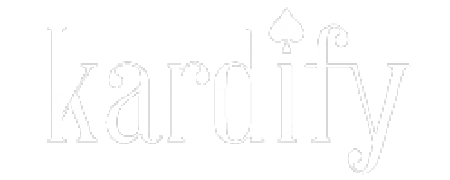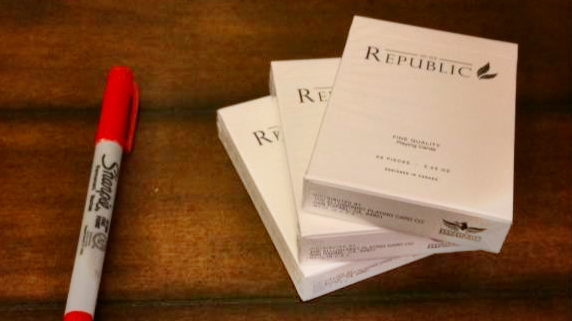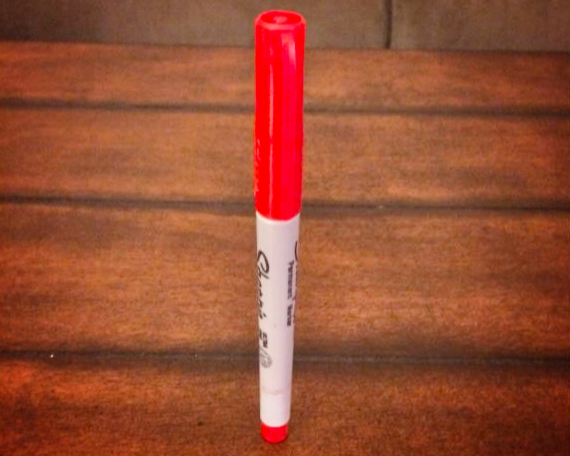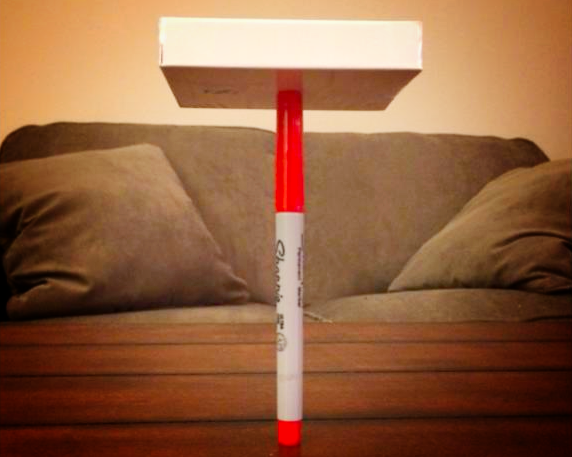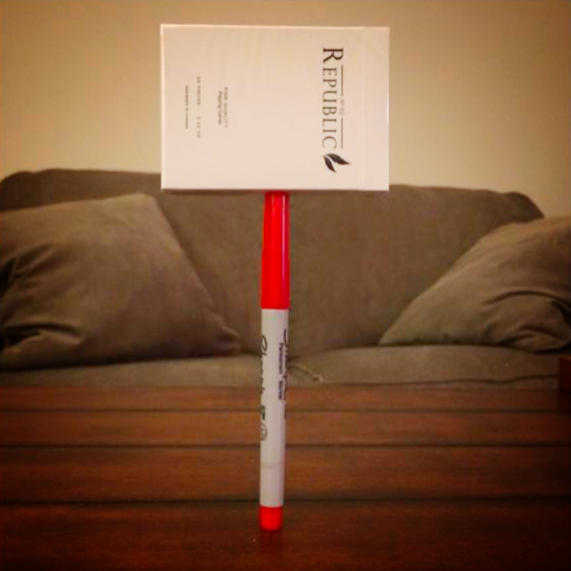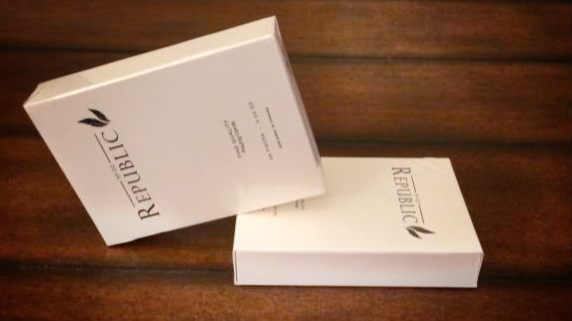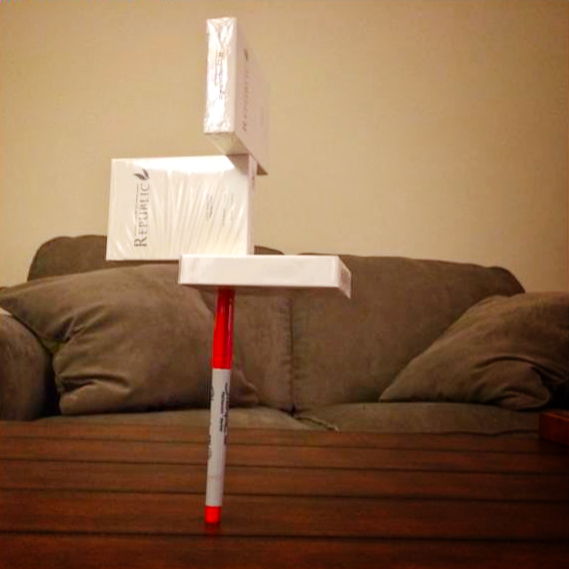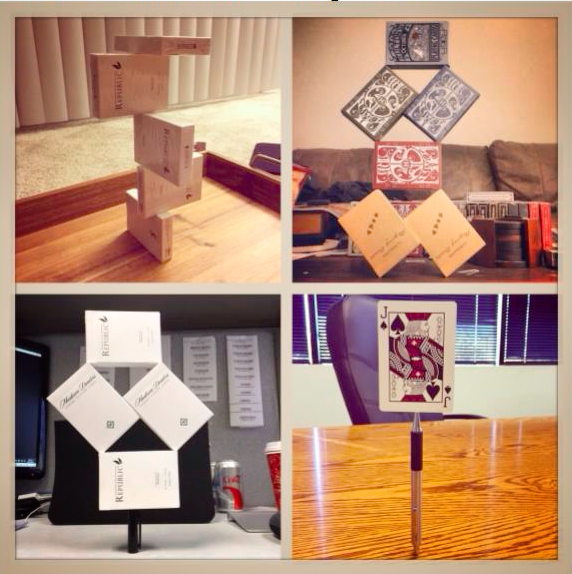Every once in a while we like to feature something special and extraordinary here on Kardify and we think that balancing deck tower is mind boggling! Some of you would have seen this on Twitter or Instagram, if not check on Jeremy Griffith’s Instagram account for some really mind-blowing stuff! I am a big fan of Jeremy’s work and have featured him on Kardify.
Today we are fortunate enough to have the master, Jeremy Griffith himself guest blogging for us on the basics of deck balancing. Enjoy!
Balance 101
In Physics class, one of the first things you’re taught is called Mechanics. In its simplest form, Mechanics deals with all the basic forces acting upon objects. A beautiful rule is taught to every physics student: every solid object, regardless of its shape, can be treated as a single point of mass known as it’s center of mass (commonly called the center of gravity). Once you progress past this however, there is a subject that doesn’t usually come easily at first. It’s the concept of Equilibrium. Equilibrium can be achieved by one single set of circumstances; that all forces acting on an object or collection of objects effectively cancel each other out. It goes by another name, Balance.
I’ve spent several years developing a skill called composite balancing; when you can integrate several objects into a configuration that achieves static equilibrium, perfect balance. This will be a basic tutorial to help you start where I started. Know that this is not a skill that’s acquired quickly, and impatience will only make things slower. But if you can deal with your structure falling and still pick up all the pieces and start again, eventually it becomes almost meditative. Hopefully you’ll enjoy the process though. I hope you find the same enjoyment as I have, achieving “Static Grace”.
Lets begin with some basic materials:
We’re going to use 3 unopened decks of cards and a Fine-point Sharpie pen (note that any pen that is flat on both sides will do). You’ll need a flat surface to work on.
Balancing the pen will be very important because it will be the base for the remainder of this exercise.
Usually its easiest to hold the pen at its base against the table and using your index finger of the opposite hand to adjust the top of the pen until you feel it balance.
The first balance taken care of, we now move to the first premise for a Composite Balance.
Place one of the decks of cards on top of the balanced pen, face-up. You may also want to try to balance the deck on top of the pen, and then balance both simultaneously on the table or surface.
Once this is achieved, now we try to up the difficulty by decreasing the available space for contact between the objects while also increasing the height.
Again, this will take a little time to be able to do quickly and consistently, but before too long, this will become as easy as balancing the pen alone.
Lets remove the pen for a bit and build on the concept we’ll use for the decks.
The simplest form is getting one deck to stand on its’ side on top of the face of another. This configuration is limited, however. The deck on top cannot be pushed beyond the edge of the lower deck more than half its height.
If we put the top deck past the edge of the face of the bottom deck, it will fall.
This may seem obvious, but it brings up an important point: If the “center of mass” of an object moves beyond its supporting base, it will fall. This is also true of composite configurations. If the collective center of gravity of multiple objects at rest ever moves beyond its support base, the whole thing falls.
In order to push the second deck beyond its center of gravity, we must compensate for that somehow.
Now by adding the third deck on top of the very bottom edge of the second, we can push it beyond the half-way point. And the best part is that if you have a steady hand, you can pick up the entire configuration by the bottom deck and everything will stay balanced. Give this a try. If you can do this, you’ll be ready for the final step. Lets bring back the pen.
You’ll notice now that even though we have three separate objects in the configuration, the whole of it only has a single center of mass. And if we can balance that center of mass on top of the pen, we get the following:
Once you develop this structure, you’ll have a basic knowledge of how to go even higher, making the challenge to find that “Static Grace” even harder, and much more rewarding when you do. And you can do much more difficult configurations:
I hope you enjoy this. Good luck and have fun.
Experiment and practice! There may be a contest coming up here on Kardify to see how creative you are. An awesome deck (or two) will be up for grabs! Stay tuned.
If you want to see more of Jeremy’s work, check out his Twitter and Instagram account.

